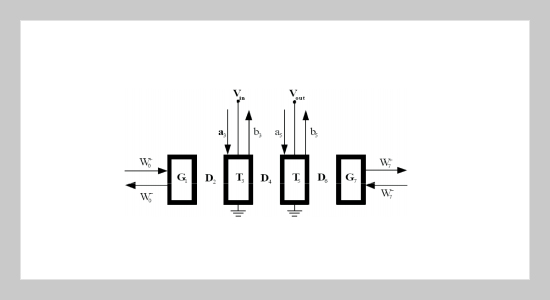Jyh-Cheng Yu This email address is being protected from spambots. You need JavaScript enabled to view it.1,2 and Huang-Yao Lin1 1Department of Mechanical and Automation Engineering, National Kaohsiung First University of Science and Technology, Kaohsiung, Taiwan 811, R.O.C.
2Center for Micro/Nano Science and Technology, National Cheng Kung University, Tainan, Taiwan 701, R.O.C.
Received:
February 28, 2007
Accepted:
April 12, 2007
Publication Date:
June 1, 2007
Download Citation:
||https://doi.org/10.6180/jase.2007.10.2.13
A Flexure Plate Wave (FPW) resonator using piezoelectric thin film is proposed for liquid sensing. FPW device is suitable for liquid sensing because of less scattering of the energy from the acoustic wave to the loading liquid due to its low phase velocity. The COM theory is used to simulate the response of a two-port SAW resonator, which is extended to the design of the FPW resonator. The possible applications and the constraints for the proposed device are discussed from the theoretical expression. The comparison between the mass effect and the stiffness effect for the cases of droplet and fill loading show the application strategy in liquid sensing. The sol-gel derived lead zirconate titanates (PZT) thin film is applied on the proposed device because of the cost advantage and the high electromechanical coupling effect over other thin piezoelectric thin films. The preliminary measurement results show that the resonant frequency and the relative liquid density have a good linear correlation, and demonstrate the feasibility of the proposed device.ABSTRACT
Keywords:
FPW Resonator, Acoustic Sensor, Piezoelectric Film, PZT, Sol-Gel, Liquid Sensing
REFERENCES
















